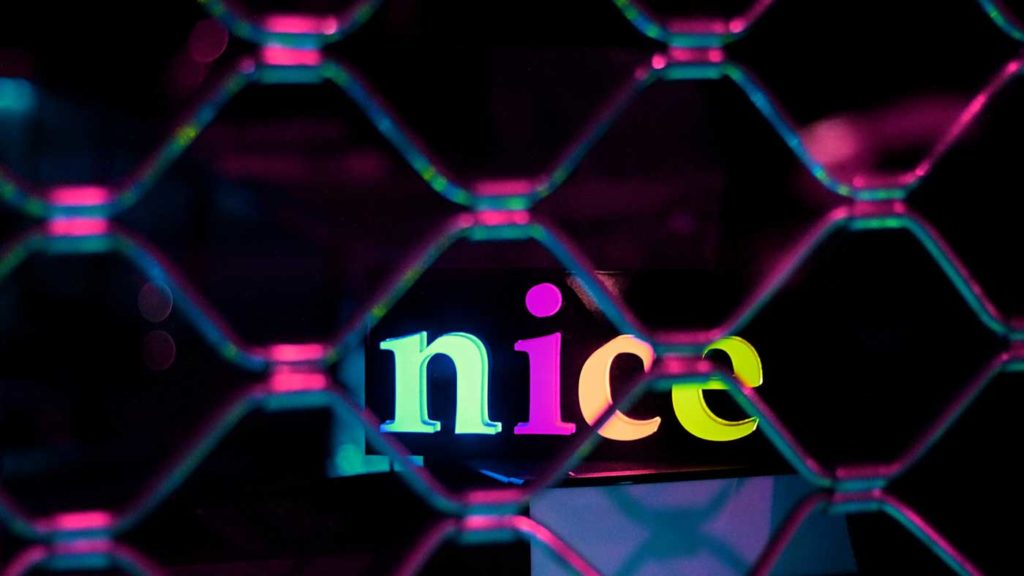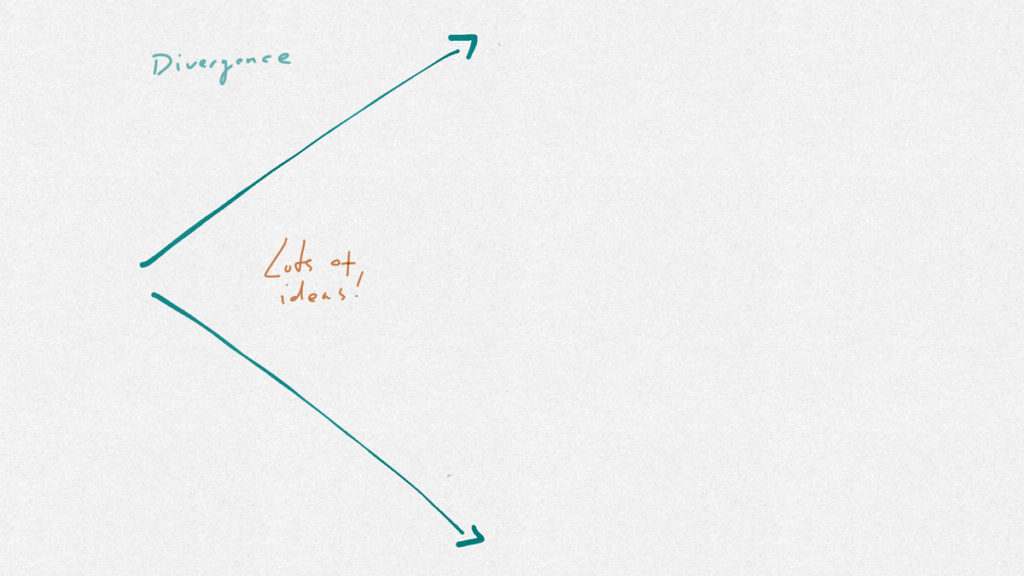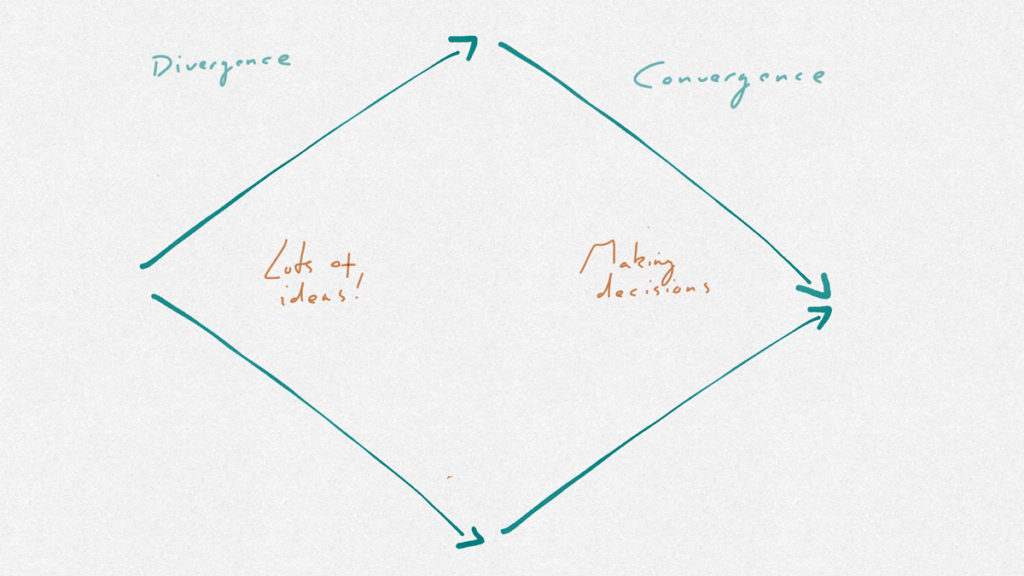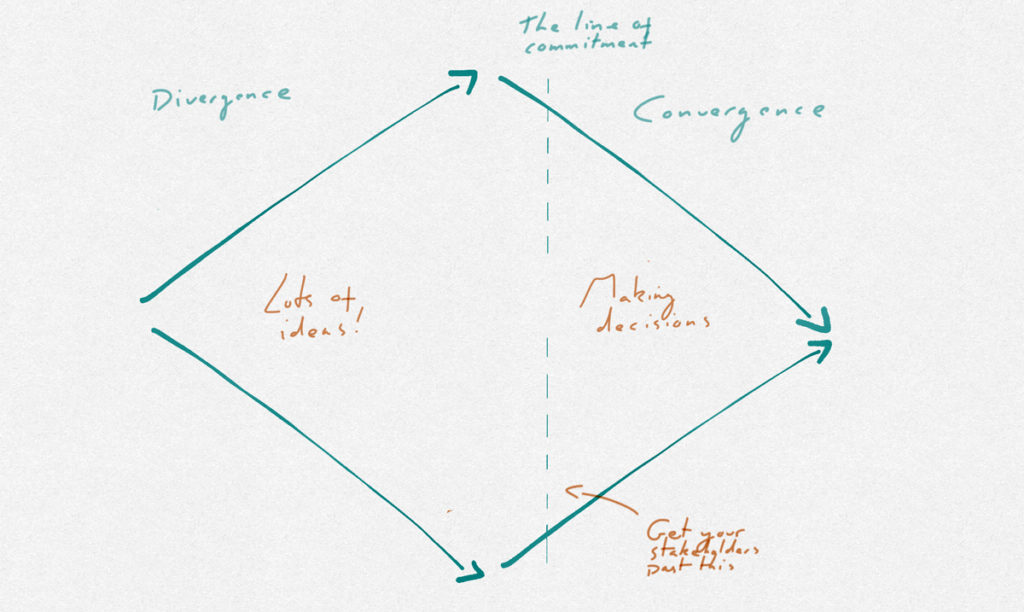“When should we include stakeholders in this project?”
We’ve all been there. You’re working up something new for your organisation, and you’re thinking about how to involve your key decision makers. You’re conscious that if you don’t handle them right, or include them at the right time, then they could be a massive pain in the neck.
The worry is they might kill your project or suck the lifeblood out of it. Because that’s what stakeholders do.

Okay I’ve stretched the Nosferatu metaphor as far as it needs to go.
Fundamentally what you are concerned about (and rightly so) is that the product you are developing doesn’t meet your stakeholders’ approval. Or worse still that it fails to meet their needs.
So the question should really be: when should you involve your stakeholders to help guarantee the success of your project?
What kind of stakeholders are they?
Product users as stakeholders
But the first important thing to do is agree who we’re talking about.
If the stakeholders are ‘users of the product’, they need to be involved from the start of the project.
They are the drivers of need, upon which your attempt to deliver a solution are based. They need to inform it, from research to inception to development and launch, and at every stage in the product lifecycle.
These are not the stakeholders I want to focus on in this post.

Sign off / power holding stakeholders
If the stakeholders are NOT the end users, and instead they’re ‘power holders in the organisation’ who need to greenlight the project in some capacity (for instance, line managers, a non-profit’s directors or board, interconnecting teams, etc), then this is a slightly different scenario.
And these are the stakeholders I want to talk about.
An unrealistic ideal
There is an idealised scenario here which you might have heard: that you agree with your power holders that they sign off the start of the project and then leave you alone, or that they have diminishing input as the project progresses.
But that rarely happens. I have yet to work in one role where a manager has said that they are comfortable to work in this fashion.
A more practical alternative
Instead, I advise that sign off stakeholders are involved at the outset and then their involvement reduced at a specific time, a time which both reassures them and aids the project.
In order to know when this is, we need to look at the creative process and how ideas lead to products.
The creative and decision making process
You include stakeholders at the early stages of a creative project to get their buy in. That much is obvious.
After this point, you should picture a diamond. When you are the initial task of coming up with a solution or formulating a response, you are at its point.
As you launch into the creative process all the options become available. Research and discovered needs stimulate ideas, which are thrown into the ring. The possibilities and options widen.
What are you going to be actually making? Who knows yet, but it’s very exciting and there’s loads of ideas on the table.
This is divergence.

After a period you reach the point where the breadth of options is at its widest; and it’s now that the team realise:
- these ideas are increasingly distinct and incompatible
- the clock is ticking and you need to make some decisions
Making decisions
So now you need to hone in your ideas, reject some and consolidate others. The range of options shrinks until eventually you reach the final concept. This is the point at the other end from where you started and the diamond is complete.
What you went through was convergence.
It’s a diamond of idea generation, opening and then closing.
Convergence is all about making choices and eliminating options so you can decide how to proceed.

Stakeholder commitment
But how it relates to stakeholders is this.
Implicit in convergence is the act of commitment. As you move along convergence you are saying, based on what we know now: ‘we commit to say that these ideas are good enough to keep working on’.
So the important thing to do is to include your sign off stakeholders both at the outset AND as far along the convergence process as you can.
At least get them to the point where convergence begins, where decisions are made about what to cut or consolidate and some ideas are moved forward.
Get them involved in convergence. Get them to hone down the choices. And in doing so you’ll get them to commit.

Risks of non commitment
If you include stakeholders only in the divergence, the creative steps, then they are always going to ask
- “What happened to my idea,” or
- “What happened to that idea I heard which sounded good,” or
- “It was a great process, and that tells me that maybe there is more to be done and more great ideas to be found. Let’s run this again and bring in more people [etc]”
In conclusion:
When should you bring in stakeholders?
At the start, and definitely at the point of idea generation. Take them through the process (divergence) to the point where decisions have to be made and ideas consolidated or culled to move forward. This ensures their commitment.
At this point risk of them killing or delaying your project starts to decrease. The longer you can keep them involved from here, the better. But make sure you can get them to hear at least.


